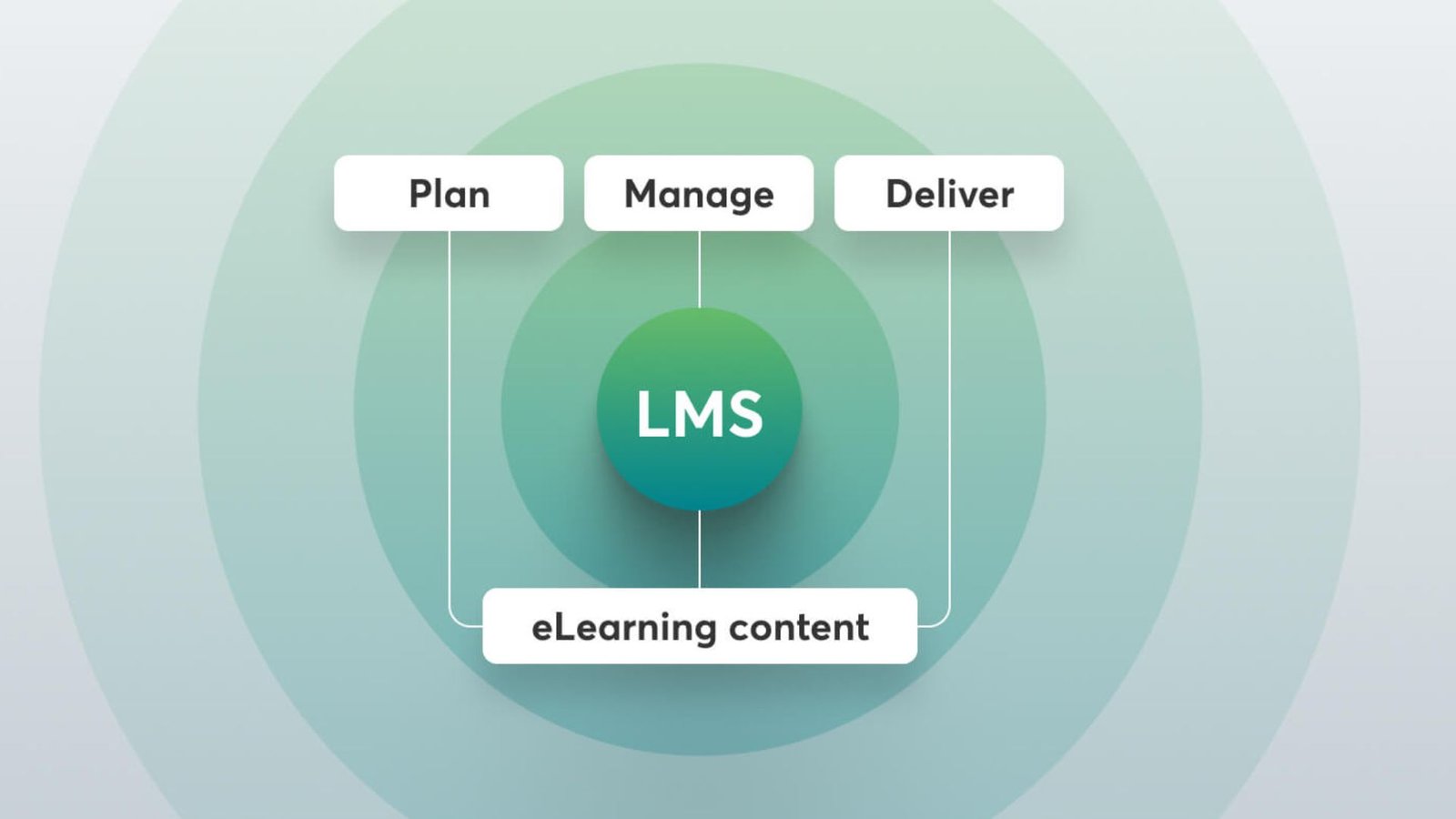In today’s working environment, continuous learning is vital. Companies aim to train their staff quickly and effectively. A popular online learning tool everyone’s talking about these days is called a Learning Management System, or LMS. We’ll explain what an LMS is and how it reshapes company training.
Understanding an LMS
An LMS is a software platform designed to deliver, track, and manage training programs. It provides a virtual space where employees can access educational content conveniently. This system supports various learning materials, including videos, quizzes, and documents. With an LMS, organizations can ensure consistent training across different locations.
Also Read : What Is LZ8948391235932AU & How to Track It Easily
Benefits of Implementing an LMS
One primary advantage of using an LMS is its flexibility. Employees can learn at their own pace, accommodating different schedules and learning styles. Imagine learning without classroom pressure. You can truly grasp concepts in a peaceful spot.
You’ll find it puts money right back in your pocket. Old-school training often costs money for travel, learning handouts, and the people teaching. An LMS minimizes these costs by offering digital content accessible from anywhere. You’ll save cash, and it’s much better for the planet since we use fewer physical materials.
What’s more, an LMS shows you helpful numbers. You can quickly tell what’s clicking for people and what isn’t. Leaders can follow progress, find weak spots, and adjust what they share. Organizations can check the skills employees truly need. This makes training helpful and gets work flowing.
Also Read : Factors to Consider While Choosing a GMAT Coaching Center in Delhi
Customization and Personalization
An LMS allows for customization, making learning more engaging. Businesses can shape their training to fit what they truly need or what their field calls for. Relevant material instantly feels more important and keeps employees interested.
Furthermore, gamification features can be incorporated into an LMS. Quizzes, cool badges, and leaderboards make learning way more interesting. These elements spark involvement and a feeling of winning.
Integration With Other Tools
Modern workplaces often utilize various digital tools for different functions. A learning platform easily connects with other company programs, such as employee record tools or team messaging apps. Imagine information just flowing, helping your team work smarter and faster.
For instance, linking an LMS with HR tools can automate enrollment for new hires, ensuring they receive necessary training promptly. Think about it: when people use shared chat tools, they naturally learn together, swapping ideas and what they’ve been through.
Ensuring Accessibility and Inclusivity
An LMS supports diverse learning needs by offering accessible content. The importance of accessibility can be seen through features like subtitles, screen readers, and adjustable text sizes, which make learning inclusive for all employees. Because we make everything easy to reach, people truly get the chance to cultivate their professional abilities.
For our teams spread across the globe, people can simply pick the language they want to learn. This means everyone gets to understand it their way. When everyone feels they belong, teams connect better and talk more openly, even across different places.
Evaluating the Impact of an LMS
Organizations can assess various factors to measure the effectiveness of an LMS. Employee thoughts are vital. They show us how learning works and what needs fixing. Quick surveys or small group discussions give us a real feel for how the new process is doing.
Watching how well people do after training shows if the lessons stuck. To really see what people learn, we check how many finish a course, how involved they get, and what information sticks with them.
Future Trends in LMS
LMS technology is shifting. Tremendous opportunities lie ahead. Ever notice how some apps just get you? That’s AI working to make things feel personal. Your learning style guides AI to suggest courses that fit you perfectly.
Another big move involves the appearance of virtual and augmented reality more often. Folks get to practice hands-on, stepping right into a digital setup where they can master new abilities without risk. When you actually do it, lessons stick and become simple to implement.
Last, education on the go is quickly gaining favor. With the rise of smartphones and tablets, an LMS that supports mobile access ensures learning can happen anytime, anywhere. This offers absolute convenience, and today’s workers appreciate it.
Conclusion
Consider how effective employee training becomes when companies use a solid Learning Management System. An LMS makes learning much stronger. It gives you freedom, cuts costs, and shares helpful information. Imagine a future where workplace learning truly works for you. Thanks to advancing technology, learning platforms will deliver training that’s easy to get, built just for you, and genuinely helpful.










